Steerable and explainable AI.


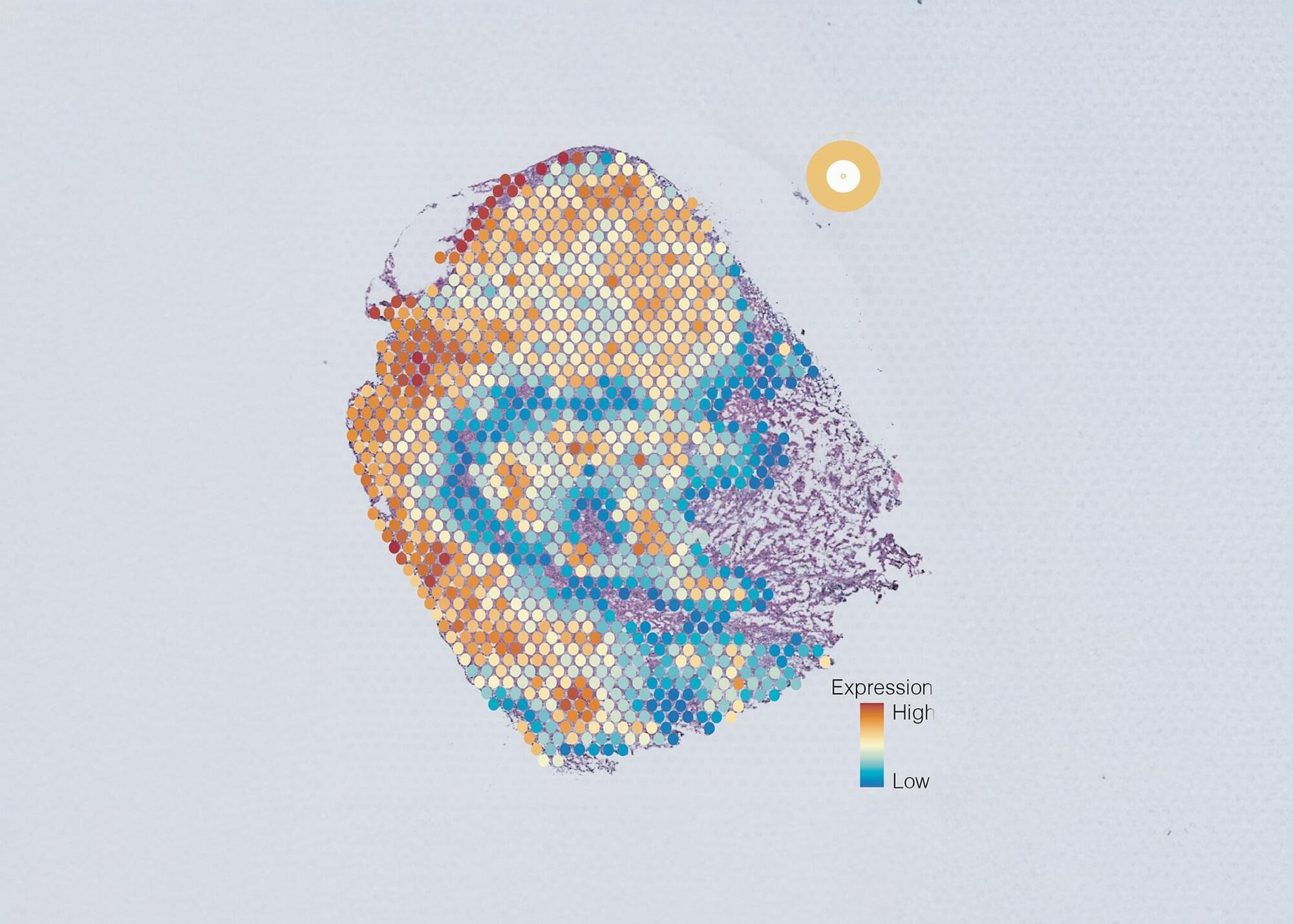
A multinational team of researchers, co-led by the Garvan Institute of Medical Research, has developed and tested a new AI tool to better characterize the diversity of individual cells within tumors, opening doors for more targeted therapies for patients.
Findings on the development and use of the AI tool, called AAnet, have been published in Cancer Discovery.
Tumors aren’t made up of just one cell type—they’re a mix of different cells that grow and respond to treatment in different ways. This diversity, or heterogeneity, makes cancer harder to treat and can in turn lead to worse outcomes, especially in triple-negative breast cancer.

This is something that I often wonder about, because a model’s hardcore reasoning ability doesn’t necessarily translate into a fun, informative, and creative experience. Most queries from average users are probably not going to be rocket science. There isn’t much research yet on how to effectively evaluate a model’s creativity, but I’d love to know which model would be the best for creative writing or art projects.
Human preference testing has also emerged as an alternative to benchmarks. One increasingly popular platform is LMarena, which lets users submit questions and compare responses from different models side by side—and then pick which one they like best. Still, this method has its flaws. Users sometimes reward the answer that sounds more flattering or agreeable, even if it’s wrong. That can incentivize “sweet-talking” models and skew results in favor of pandering.
AI researchers are beginning to realize—and admit—that the status quo of AI testing cannot continue. At the recent CVPR conference, NYU professor Saining Xie drew on historian James Carse’s Finite and Infinite Games to critique the hypercompetitive culture of AI research. An infinite game, he noted, is open-ended—the goal is to keep playing. But in AI, a dominant player often drops a big result, triggering a wave of follow-up papers chasing the same narrow topic. This race-to-publish culture puts enormous pressure on researchers and rewards speed over depth, short-term wins over long-term insight. “If academia chooses to play a finite game,” he warned, “it will lose everything.”
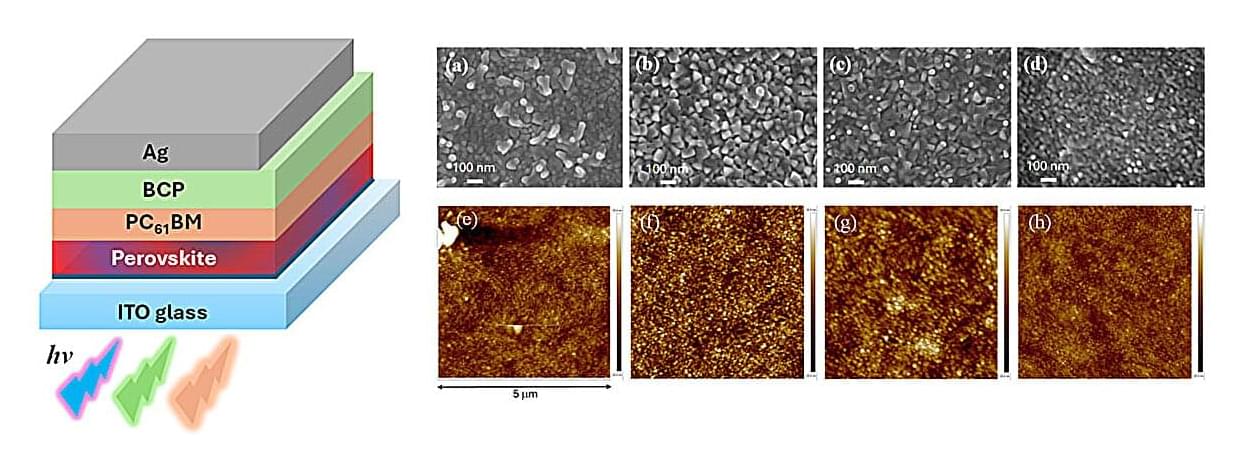
When you think of solar panels, you usually picture giant cells mounted to face the sun. But what if “solar” cells could be charged using fluorescent lights?
Perovskite solar cells (PeSCs) have emerged as a lower-cost, higher-efficiency alternative to traditional silicon solar cells due to their material structure and physical flexibility. Their large power conversion efficiency rate (PCE), which is the amount of energy created from the amount of energy hitting the cell, makes PeSCs well suited to converting lower light sources into energy.
In APL Energy, researchers from National Yang Ming Chiao Tung University in Taiwan created perovskite solar cells that effectively convert indoor lighting into electrical power.
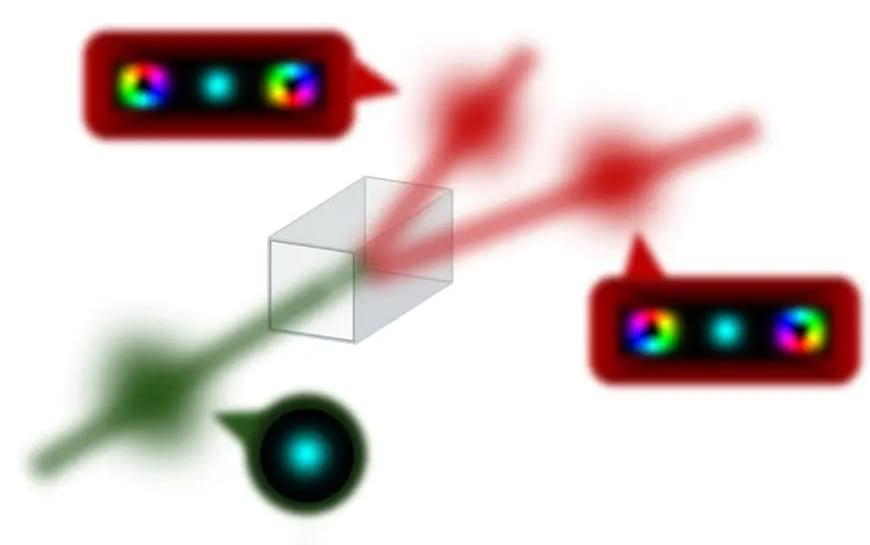
Researchers at Tampere University and their collaborators from Germany and India have experimentally confirmed that angular momentum is conserved when a single photon is converted into a pair – validating a key principle of physics at the quantum level for the first time. This breakthrough opens new possibilities for creating complex quantum states useful in computing, communication, and sensing.
Conservation laws are the heart of our natural scientific understanding as they govern which processes are allowed or forbidden. A simple example is that of colliding billiard balls, where the motion – and with it, their linear momentum – is transferred from one ball to another. A similar conservation rule also exists for rotating objects, which have angular momentum. Interestingly, light can also have an angular momentum, e.g., orbital angular momentum (OAM), which is connected to the light’s spatial structure.
In the quantum realm, this implies that single particles of light, so-called photons, have well-defined quanta of OAM, which need to be conserved in light-matter interactions. In a recent study in Physical Review Letters, researchers from Tampere University and their collaborators, have now pushed the test of these conservation laws to absolute quantum limit. They explore if the conservation of OAM quanta holds when a single photon is split into a photon pair.
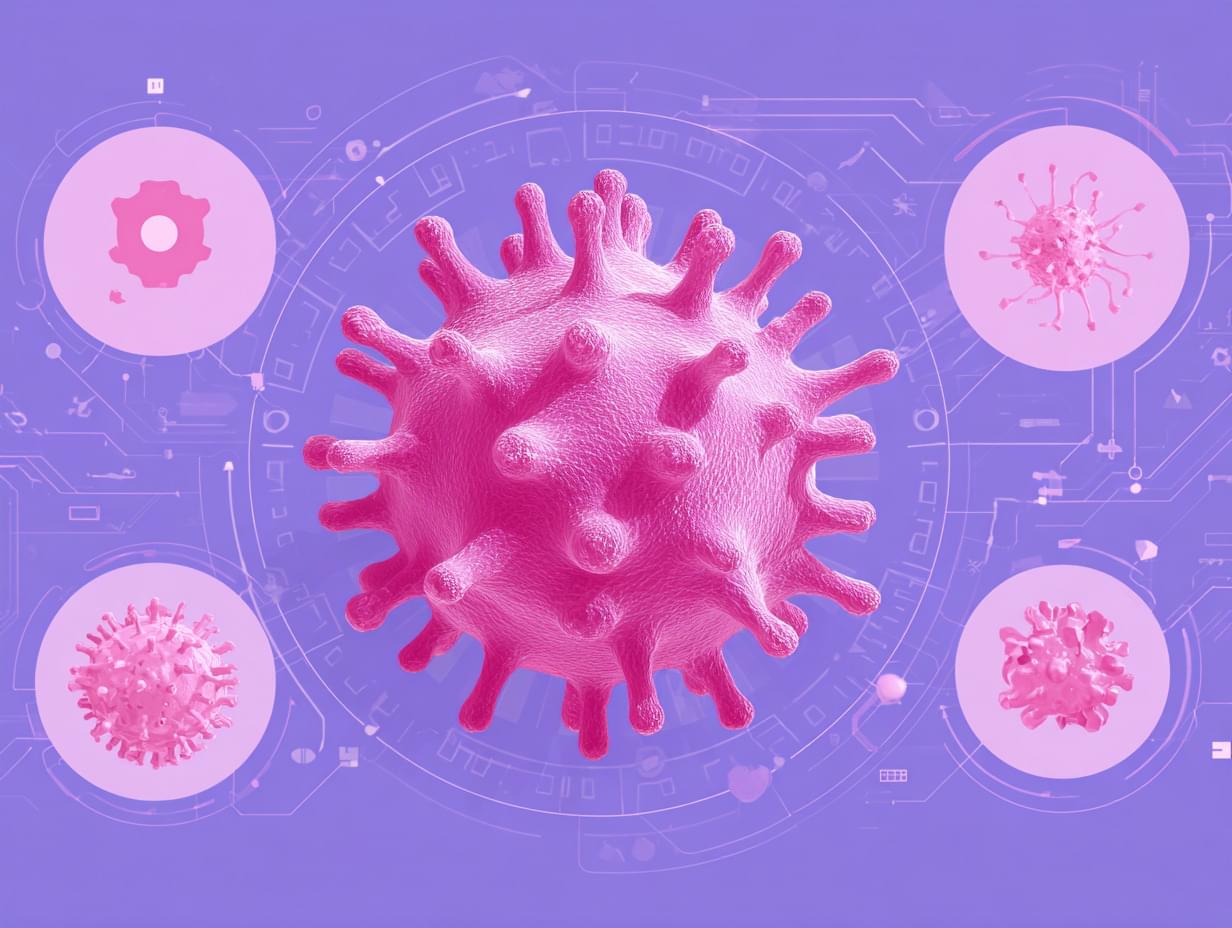
A science fiction story brought to life through a pro-GMO dinner.


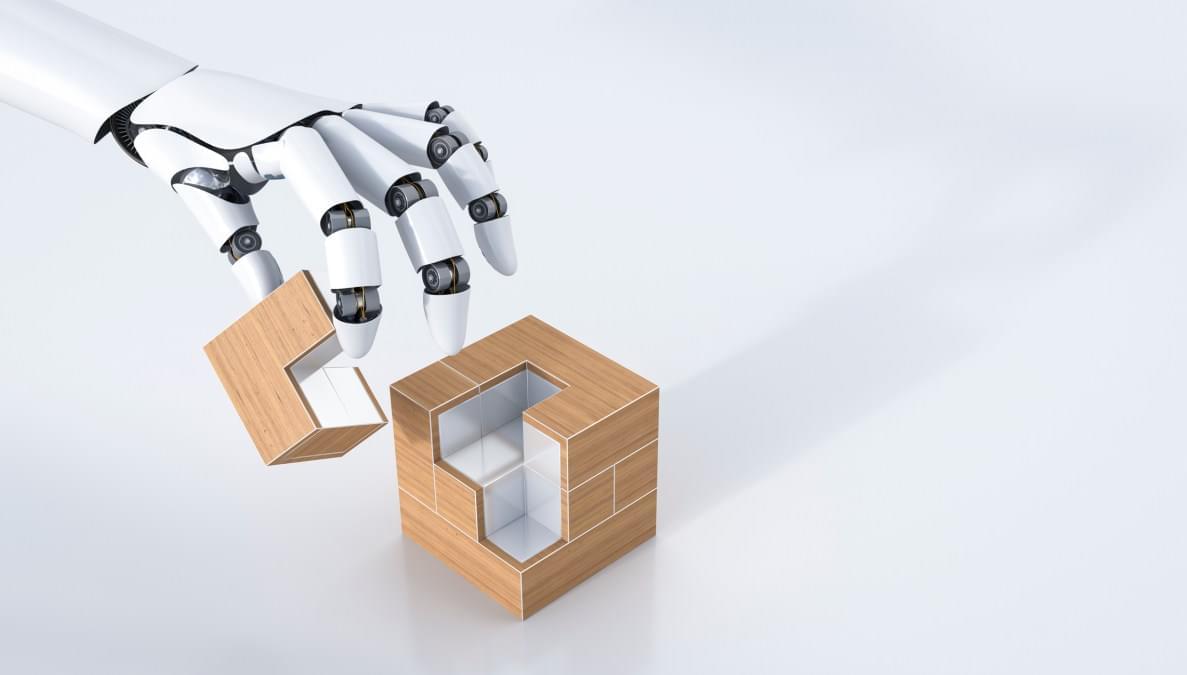
Google DeepMind on Tuesday released a new language model called Gemini Robotics On-Device that can run tasks locally on robots without requiring an internet connection.
Building on the company’s previous Gemini Robotics model that was released in March, Gemini Robotics On-Device can control a robot’s movements. Developers can control and fine-tune the model to suit various needs using natural language prompts.
In benchmarks, Google claims the model performs at a level close to the cloud-based Gemini Robotics model. The company says it outperforms other on-device models in general benchmarks, though it didn’t name those models.